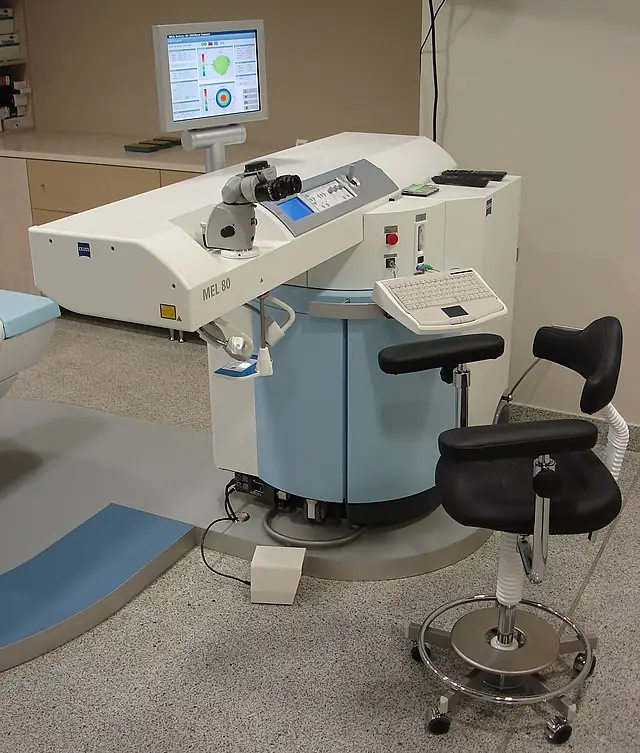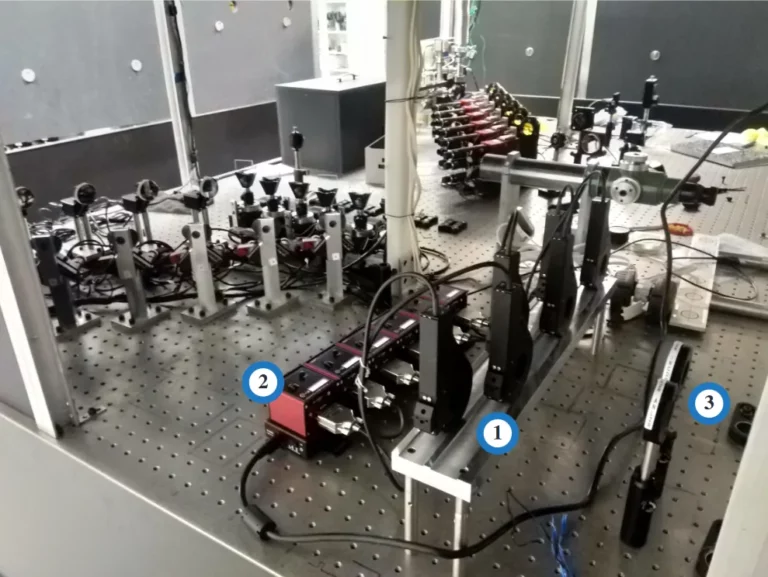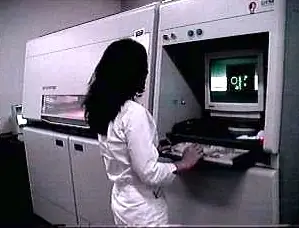What Is An Excimer Laser?

Lasers have become an integral part of modern technology, and among them, the excimer laser stands out as a unique and powerful light source. In this article, we will dive into the science and applications behind excimer lasers, exploring what makes them special and how they are utilized in various fields.
Fundamentals of Laser Physics
Before delving into the specifics of excimer lasers, it’s important to understand the underlying principles of laser physics. Lasers operate on the principle of stimulated emission, which amplifies light, resulting in a coherent and monochromatic beam. To achieve this effect, a population inversion is necessary, where more atoms or molecules within the laser medium are in an excited state than in the ground state.
Excimers: The Building Blocks
The term “excimer laser” is derived from the phrase “excited dimers,” which refers to transient molecules created by the union of a noble gas and a halogen. These molecules are short-lived and emit ultraviolet light upon returning to their ground state from their excited state. This unique property makes them an ideal candidate for generating ultraviolet laser beams.
Ultraviolet Light Emission
A key characteristic of excimer lasers is their ability to produce ultraviolet light. The wavelengths of light generated by these lasers typically range from 157 to 351 nanometers, with the energy output dependent on the specific noble gas-halogen combination used. This sets excimer lasers apart from other laser types, which commonly generate light in the infrared or visible spectrum.
Components of an Excimer Laser
Laser Medium
The laser medium in an excimer laser consists of a mixture of noble gases, such as argon or krypton, and halogens like fluorine or chlorine. When an electrical discharge excites this gas mixture, the noble gas and halogen atoms combine to form excimer molecules.
Optical Cavity
The optical cavity of an excimer laser contains reflecting mirrors and an output coupler. The mirrors help to confine and amplify the generated light, while the output coupler allows a portion of the beam to exit the cavity, producing the laser output.
Excitation Source
Excimer lasers use high-voltage electrical discharges to excite the gas mixture, which typically leads to pulsed operation. This pulse energy contributes to the laser’s unique properties and its wide range of applications.
Cooling System
As the laser medium heats up during operation, a cooling system is required to maintain temperature stability. Gas circulation and heat dissipation are essential for ensuring the longevity and efficiency of the excimer laser.
Applications of Excimer Lasers
Eye Surgery
One of the most well-known applications of excimer lasers is in eye surgery, specifically for photorefractive keratectomy (PRK) and laser-assisted in situ keratomileusis (LASIK). The ultraviolet light generated by excimer lasers enables precise tissue removal, making them advantageous over other laser types in these procedures.
Microfabrication and Lithography
Excimer lasers are crucial in microfabrication and lithography processes, particularly for the manufacturing of integrated circuits and nanostructures. Their high precision and resolution make them ideal for creating intricate patterns on various materials.
Material Processing
In material processing, excimer lasers are used for ablation, etching, and surface modification, thanks to their ability to remove material without generating excessive heat. This “cold processing” is beneficial for sensitive materials, which could be damaged by other laser types.
Environmental and Scientific Applications
Excimer lasers also find use in environmental and scientific research. They are employed in atmospheric research, laser-induced fluorescence spectroscopy, and plasma physics research, contributing to the understanding of various phenomena in these fields.
Safety Concerns and Precautions
The ultraviolet light produced by excimer lasers can pose eye and skin hazards if proper safety measures are not followed. To mitigate these risks, it is crucial to adhere to laser safety guidelines, such as wearing appropriate protective eyewear and limiting skin exposure to the laser beam. Familiarity with regulatory standards and best practices will ensure a safe working environment when operating excimer lasers.
Conclusion
Excimer lasers, with their unique ability to generate ultraviolet light, have found widespread applications in various fields, including eye surgery, microfabrication, material processing, and scientific research. As our understanding of these lasers and their capabilities grows, we can expect further advancements and innovations in excimer laser technology, paving the way for new possibilities in science and industry.





